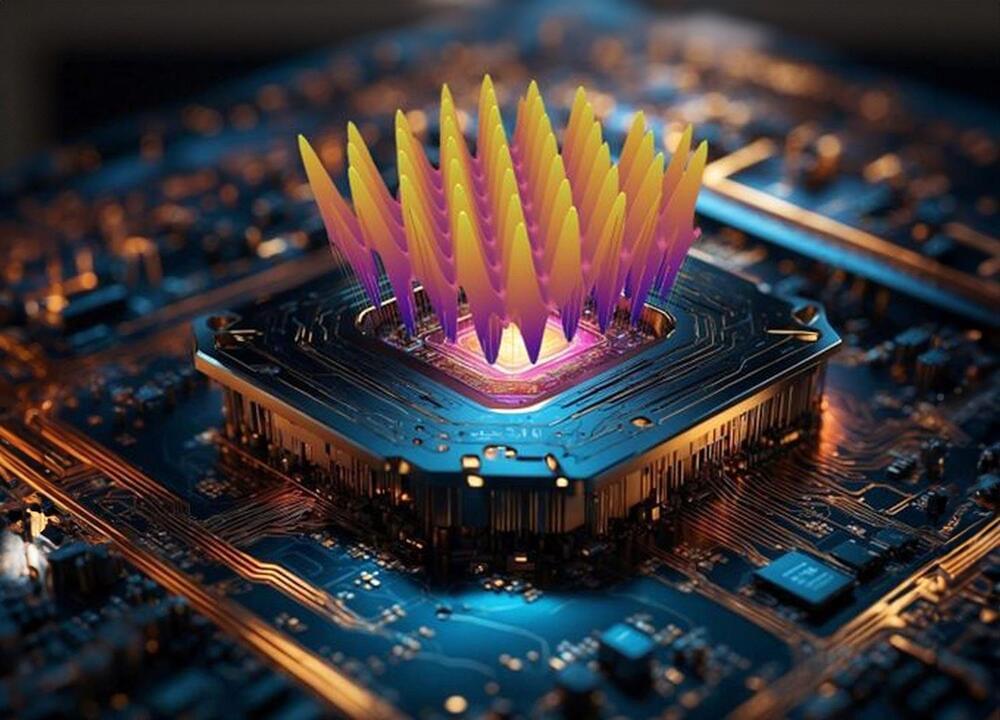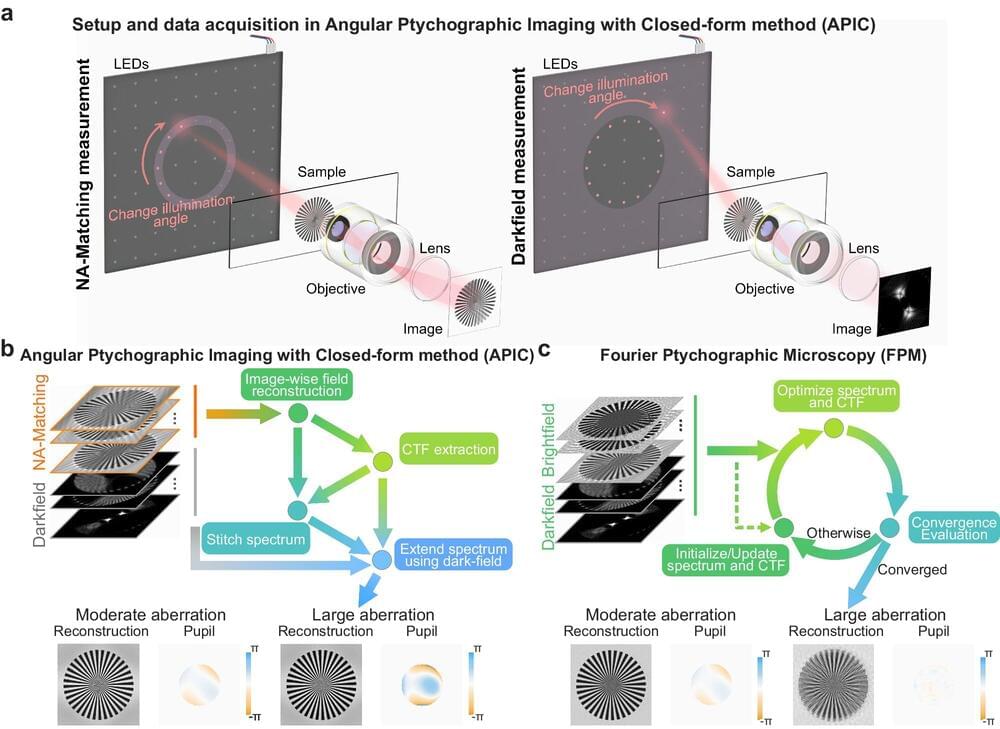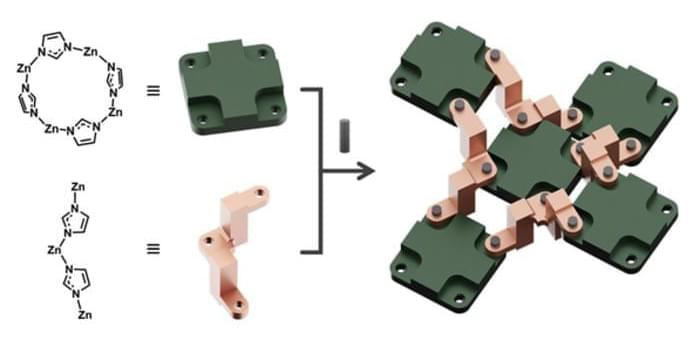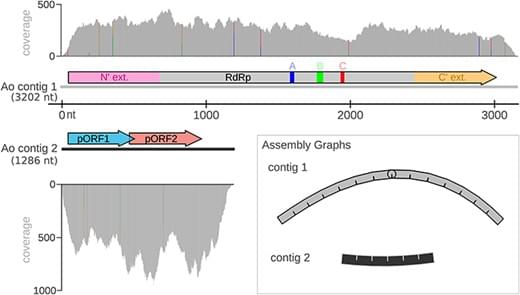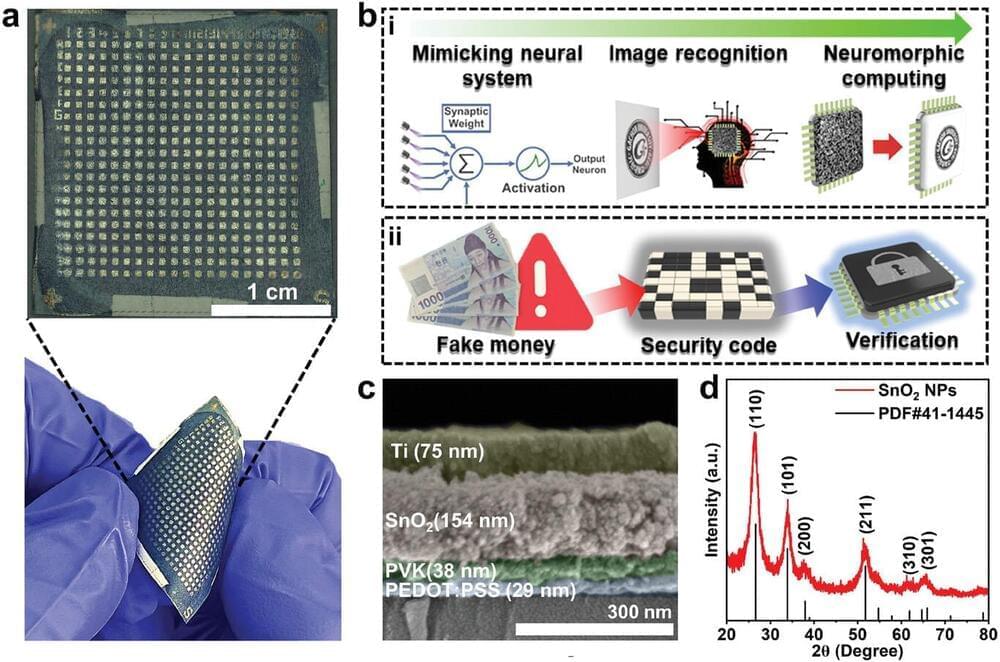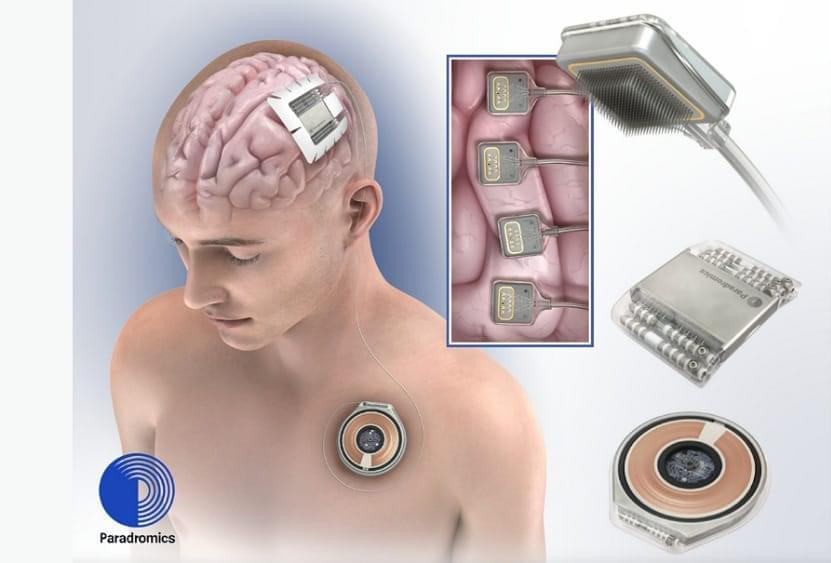Jun 29, 2024
Quantum Annealers Unravel the Mysteries of Many-Body Systems
Posted by Saúl Morales Rodriguéz in categories: computing, particle physics, quantum physics
Scientists have utilized a quantum annealer to simulate quantum materials effectively, marking a crucial development in applying quantum computing in material science and enhancing quantum memory device performance.
Physicists have long been pursuing the idea of simulating quantum particles with a computer that is itself made up of quantum particles. This is exactly what scientists at Forschungszentrum Jülich have done together with colleagues from Slovenia. They used a quantum annealer to model a real-life quantum material and showed that the quantum annealer can directly mirror the microscopic interactions of electrons in the material. The result is a significant advancement in the field, showcasing the practical applicability of quantum computing in solving complex material science problems. Furthermore, the researchers discovered factors that can improve the durability and energy efficiency of quantum memory devices.
Richard Feynman’s Legacy in Quantum Computing.
